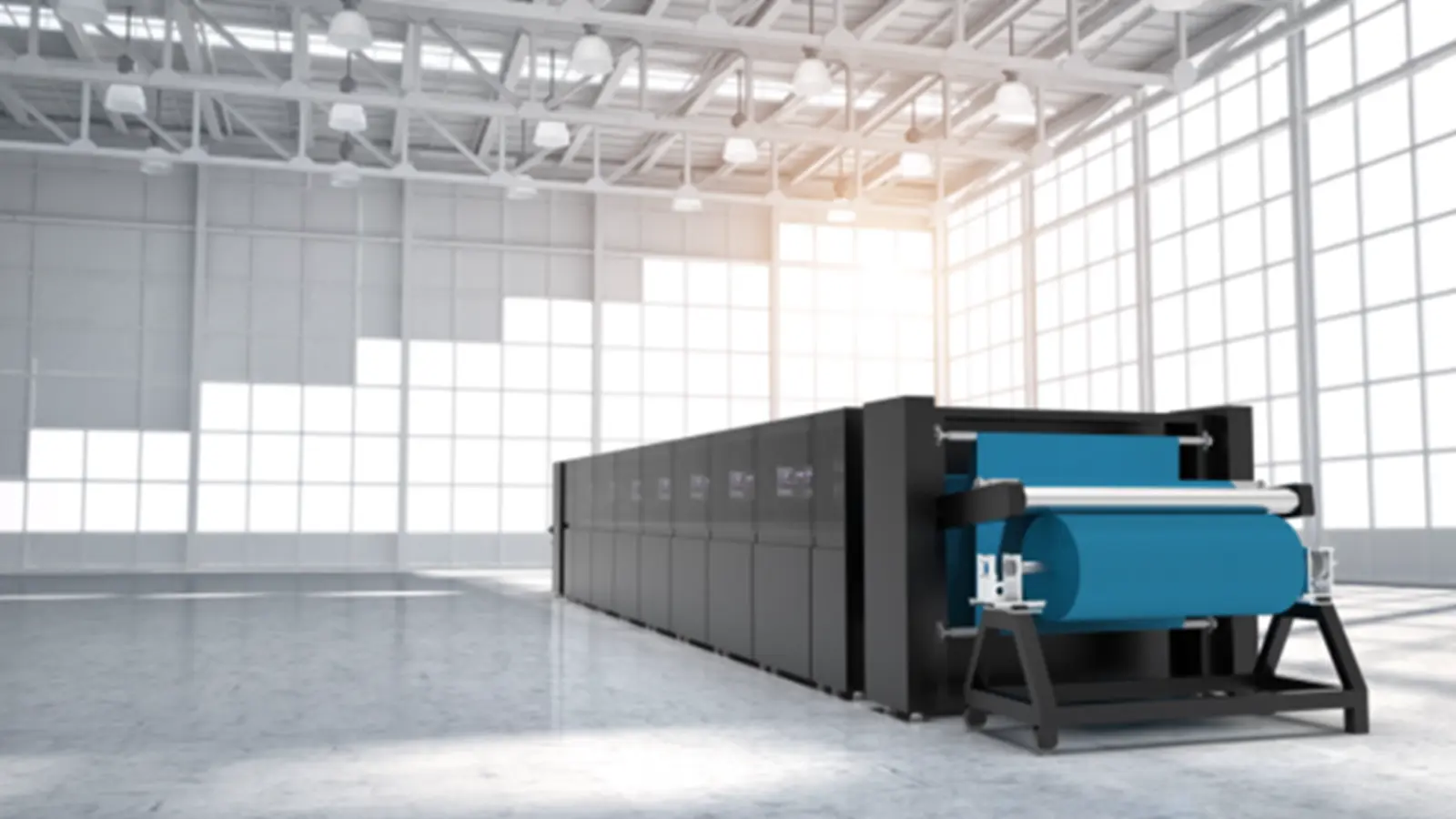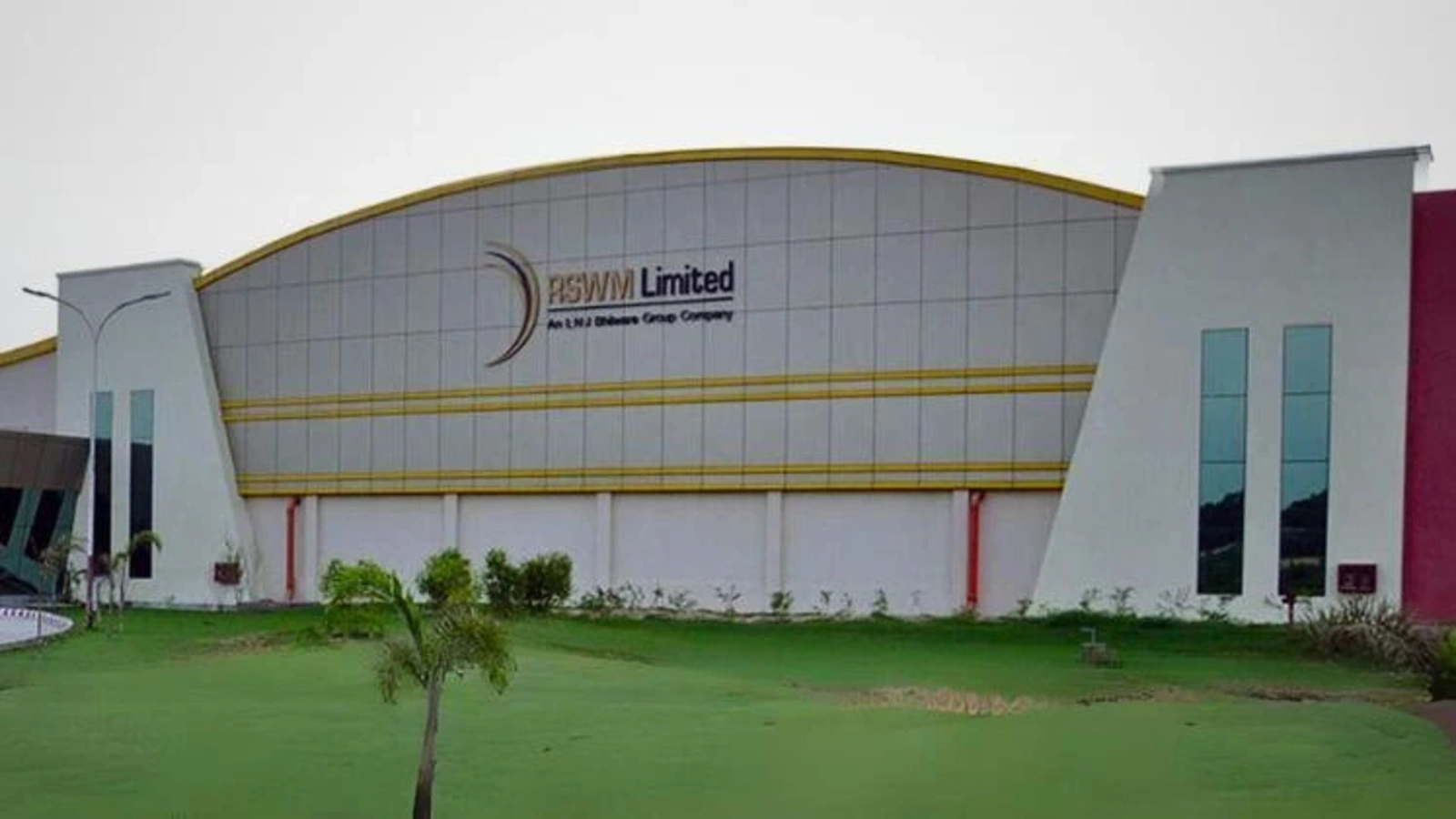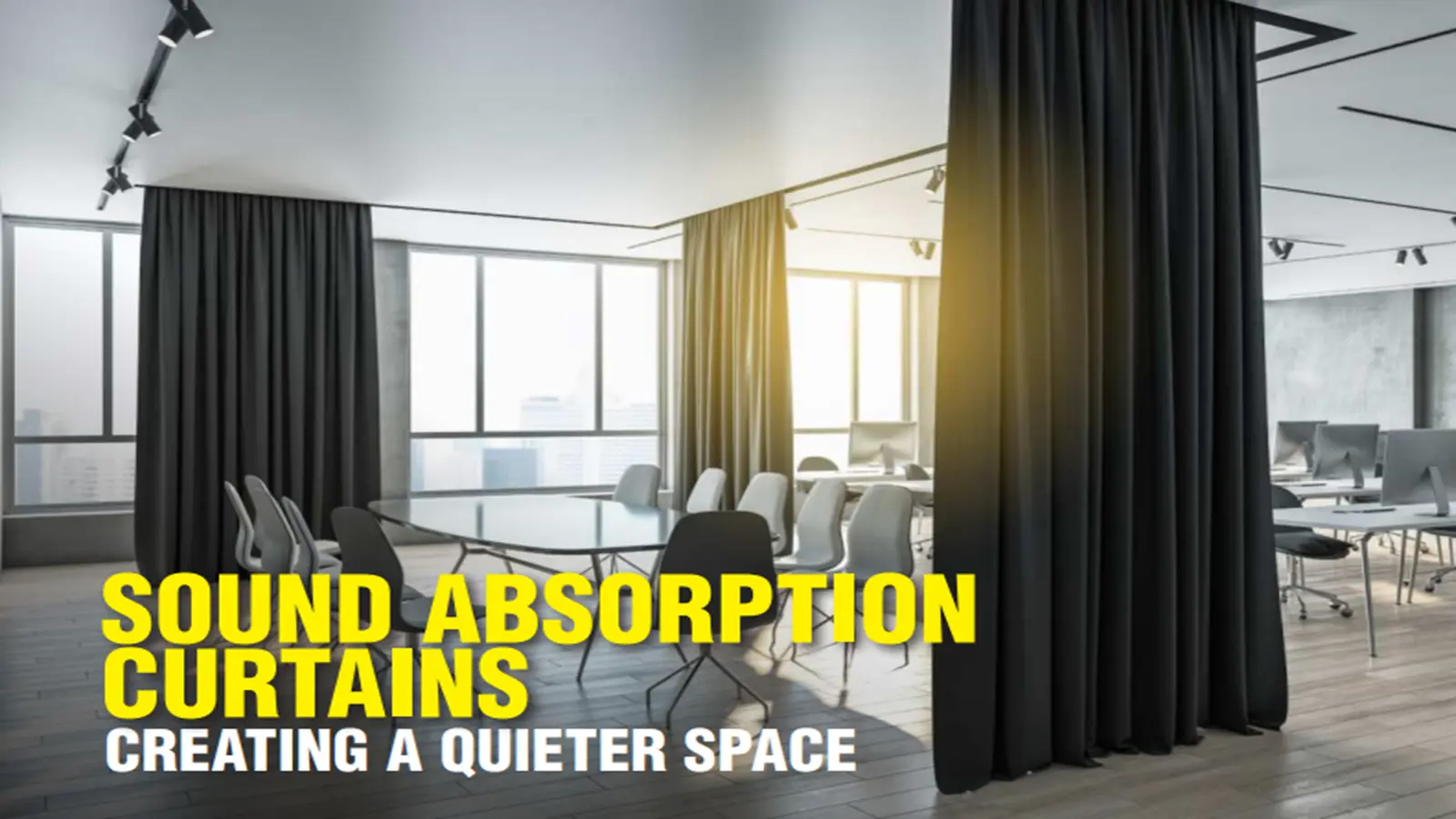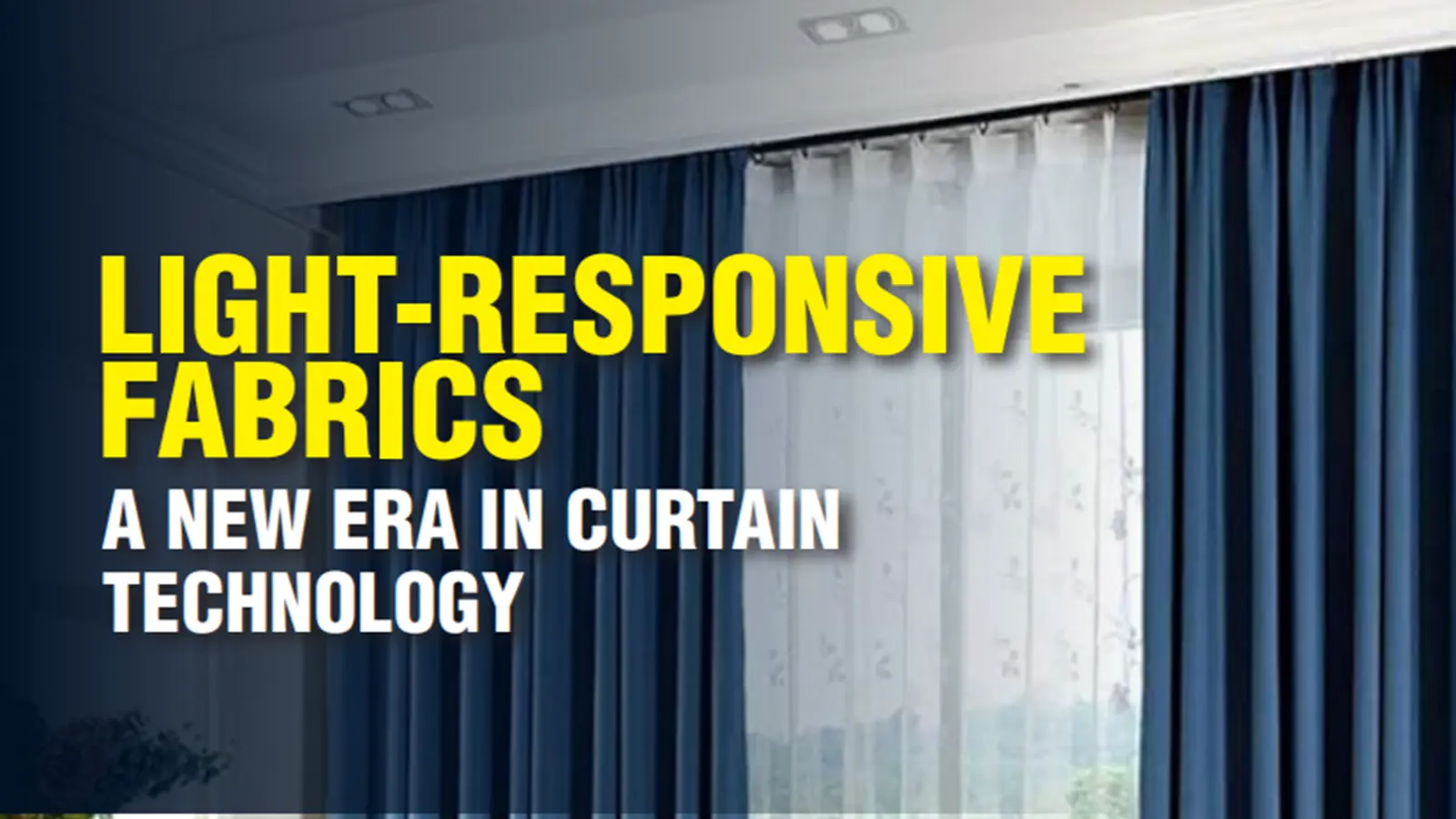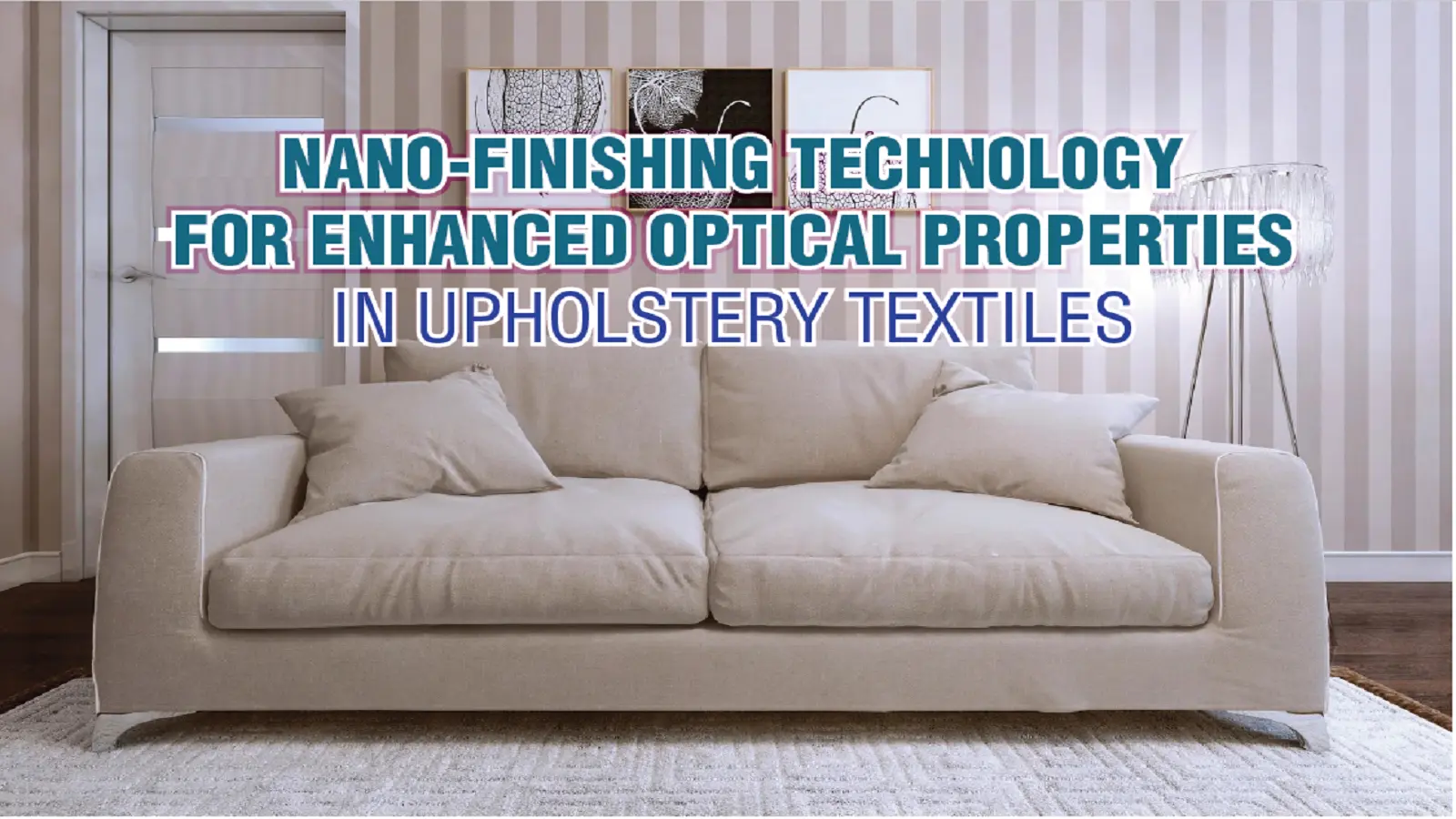BAMBOO SILK A MODERN MARVEL IN UPHOLSTERY FABRIC RAW MATERIAL
Share Post
In the vibrant realm of textiles, upholstery stands at agraceful crossroad between art and engineering. It isnot just a fabric thrown over a piece of furniture it’s asymbol of lifestyle, comfort, and design philosophy.Among the evolving materials used to craft this fabricof life, Bamboo Silk has emerged as a quiet disruptorblending the aesthetics of luxury with the ethics ofsustainability.Though it carries the sheen and softness of traditionalsilk, bamboo silk is entirely plant-based, createdfrom regenerated cellulose derived from bamboo.
As designers, manufacturers and conscious consumersmove away from synthetic and animal-derived textiles,bamboo silk’s role in upholstery applications is becomingincreasingly important. But to truly appreciate thismarvel, one must step into the world of its manufacturingwhere science, sustainability, and style converge.Bamboo silk starts its life in the lush bamboo foreststypically cultivated from Moso bamboo, a highlyrenewable species. Unlike hardwood trees that takedecades to mature, bamboo reaches harvest maturityin just 3–5 years. With minimal need for pesticides orirrigation, bamboo grows rapidly and regenerateswithout replanting, making it a sustainable raw materialwith low environmental impact.
The Manufacturing Process of Upholstery Fabricsfrom Bamboo SilkThe manufacturing of upholstery fabrics using bamboosilk involves a series of methodical steps that startfrom bamboo cultivation and end in the finishing of aluxurious, durable fabric. Below is a detailed look intothis process:


05:27 PM, Sep 16
